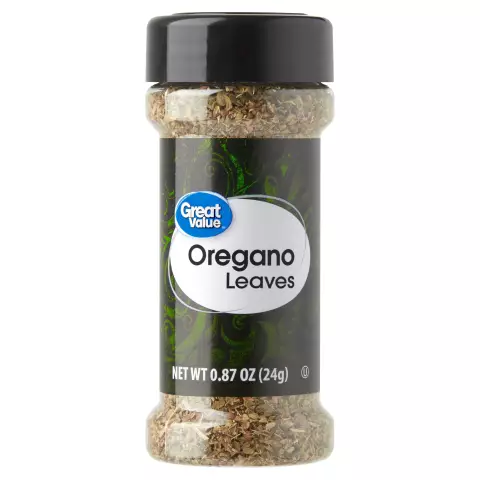- Author Rachel Wainwright [email protected].
- Public 2023-12-15 07:39.
- Last modified 2025-11-02 20:14.
Peas
Peas have been used as a medicinal plant for a long time. From Ancient Greece, where it was cultivated several centuries before our era, pea seeds spread to Asian and European countries. In Russia, yellow varieties of plants have also been known for a long time, but the seeds of green varieties of peas were brought only in the 18th century, and they immediately became widespread.
The ratio of BJU in the product

Source: depositphotos.com How to burn 81 kcal?
| Walking | 20 minutes. |
| Jogging | 9 minutes |
| Swimming | 7 minutes |
| A bike | 12 minutes |
| Aerobics | 16 minutes |
| Household chores | 27 minutes |
The pea plant is considered one of the most nutritious among vegetable crops due to its high protein and carbohydrate content. The proteins of the fruits of the plant are similar in their chemical composition to meat proteins and contain a number of essential amino acids - lysine, cystine, methionine and tryptophan. Due to this, the nutritional value of peas is several times higher than that of many other vegetables, including potatoes. Of the vitamins contained in the plant, most of all is vitamin C. The beneficial properties of peas also include B vitamins, fiber, vitamin A and carotene, various sugars, salts of phosphorus, potassium and iron, and trace elements necessary in the body - zinc, magnesium, copper, cobalt, etc. manganese.
Peas are recommended for obesity and diabetes, since the carbohydrates in them consist of glucose and fructose.
One of the important beneficial properties of peas is their high content of antioxidants. Using it in the diet reduces the likelihood of developing a heart attack, cancer and hypertension. The carotene, fiber and vitamin C included in its composition with a low fat content also contribute to the prevention of the development of cancer.
Not only pea seeds are rich in nutrients, but also pods, which contain a large amount of iron, chlorophyll, and substances that control the level of calcium in the body.
Pea application
For medicinal purposes, you can eat both fresh peas and cooked in the form of various dishes.
Fresh peas are slightly diuretic. For a more complete assimilation of vitamin A containing in the plant, it should not be combined with starch-containing foods.
For stomach ulcers, it is useful to eat mashed peas, which helps to reduce acidity. In case of cardiovascular diseases, peas are useful in any form, since they are practically free of fats, cholesterol and sodium, and the fibers included in its composition help to reduce blood cholesterol.
Peas also need to be included in your diet to prevent the development of dermatitis and seizures, which is due to the ability of pyridoxine to break down and synthesize amino acids.
A decoction of the tops and fruits of peas in folk medicine is used as a diuretic that helps dissolve kidney stones.
To increase the calorie content and nutritional value of flour products when baking, pea flour can be added to wheat flour.
It is recommended to eat it with fennel or dill to reduce the bloating that often causes peas. Also, it should not be washed down with cold water.
Chickpeas are recommended for the treatment and prevention of cataracts, since the improvement of metabolic processes in the body contributes to the normalization of the circulation of intraocular fluid.
As a cleansing agent, as well as for weight loss and saturation of the body with useful vitamins and minerals, it is recommended to use chickpeas as follows. It is necessary to soak the peas for 8-12 hours in a ceramic dish in water at room temperature, and then pass through a meat grinder with a fine grid. It is necessary to eat cooked peas in small portions throughout the day, while it can be added to soups, cereals or salads. After a week, you need to take a break for 7-10 days, after which the course should be repeated.

Chickpeas are also used as masks in cosmetology to improve complexion and as a remedy for acne and puffiness. To prepare the mask, 1/4 cup of peas, after soaking, are chopped, mixed with a tablespoon of vegetable oil and honey. The mask is applied for half an hour, after which it is washed off and the face is rinsed with water from soaking the peas.
Gruel from unripe pea seeds or soaked pea flour is recommended for the treatment of eczema, erysipelas, purulent wounds, acne, boils and carbuncles.
Contraindications to the use of peas
Fresh or cooked peas are contraindicated in acute nephritis and gout. It is also contraindicated to use peas in case of exacerbation of inflammatory processes in the stomach and intestines and circulatory failure, and in case of thrombophlebitis, cholecystitis. Older people should not add it frequently to their diet.
YouTube video related to the article:
Found a mistake in the text? Select it and press Ctrl + Enter.






